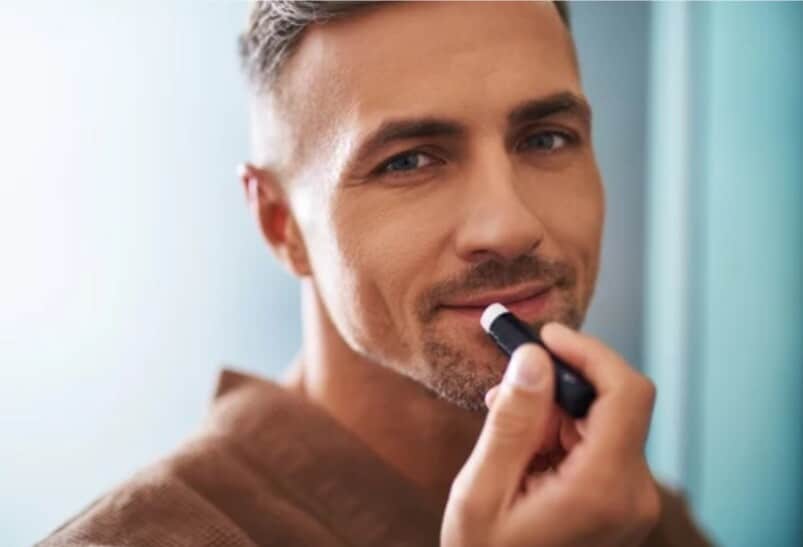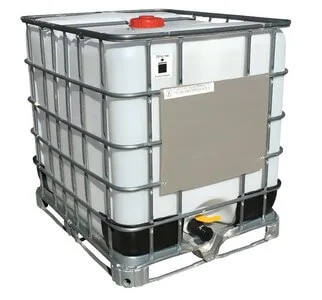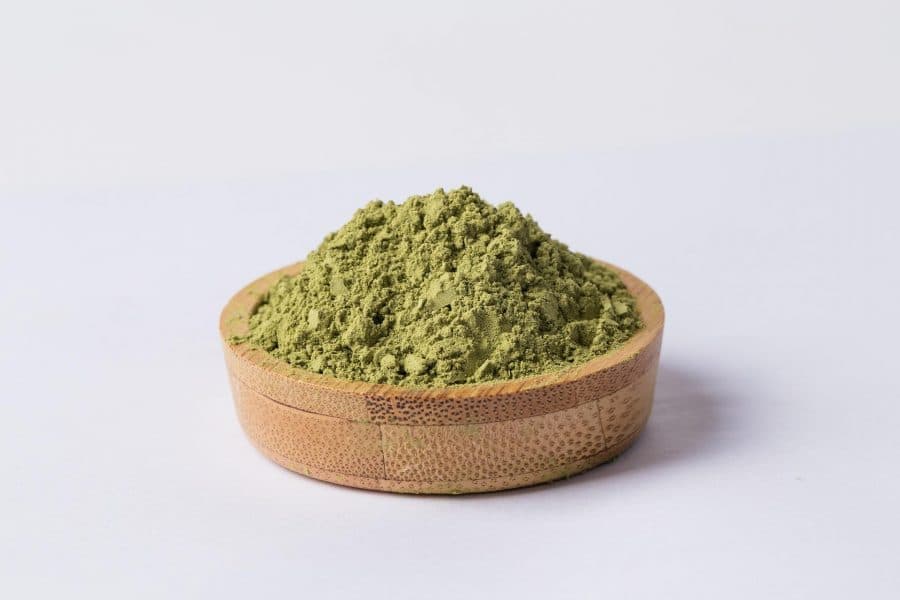The key to soft, smooth lips is lip balm with the right ingredients. Many people are interested in making chapstick in bulk, but don't know which ingredients to use. The right ingredients will not offer temporary softness but will rejuvenate and repair the lips after absorption. Here are the ingredients to consider for bulk chapstick.
Bulk Chapstick Ingredients
There are many ingredients used to make chapstick. Review the ingredients before choosing a specific brand to select those that will offer the best care for lips. Quality over quantity is a good rule of thumb for chapstick ingredients.
A lot of ingredients may not necessarily make a difference. Identifying a few ingredients that work is key to healing chapped lips. Here is a list of ingredients that work:
Wax
Wax is an essential ingredient in chapstick; it hardens to ensure the substance remains solid even in warm temperatures. Here are a few wax options to consider:
Beeswax: Beeswax is the preferred choice for chapstick. Beeswax is a natural emollient (or moisturizer) because it contains fatty acids and vitamin E to keep the lips smooth and supple without blocking pores.
Carnauba Wax: Carnauba wax is also known as ''the queen of waxes'' and is a non-animal natural wax. Carnauba wax comes in the form of hard yellow flakes.
Candelilla Wax: Candelilla wax is a hard, natural non-animal wax produced from a plant that grows in Mexico, the Chihuahuan Desert, and the North Central Plains.
Butter
Butters add emolliency to chapstick and protective barriers to the skin. Butters can include:
Shea Butter: Shea butter comes from nuts found on shea trees and is an excellent ingredient for moisturizing the lips. Shea butter is a natural fat with Vitamin A and E that offer lasting moisture for chapped lips.
Cocoa Butter: Cocoa butter helps to improve elasticity and reduce skin dryness.
Tucuma Butter: This type of butter contains lauric, oleic, and myristic fatty acids at high levels, which are great for moisturizing the lips.
Mango Butter: Mango butter has moisturizing properties to counter the drying effects of cleansers and bar soaps.
Vitamin E
Vitamin E is a go-to for those who want rejuvenated lips. An excellent hydrator with antioxidant properties, vitamin E promotes cell regeneration and turnover. In addition, the thickness acts as a barrier to prevent irritation and make dry lips smoother.
Applying chapstick that contains vitamin E helps to heal and soothe lip cracks. Vitamin E moisturizes lips, making them look plumper and hydrated.
Oils
Oils are essential ingredients as they determine the function of the chapstick. Heavy oils such as avocado oil and olive oil make a rich balm. Light base oils like grape seed oil and sunflower oil make chapstick more absorbent. Medium oils like sweet almond oils and jojoba oil break the difference. For a glossy and smooth finish, choose castor oil.
Additives
Oil-soluble additives can easily be incorporated into chapstick. Adding water-based additives is not advisable as they could split from the chapstick. Here are additives to include:
Fragrance Oils: Use lip safe fragrance oil in lip balm. The exposure levels should be at least 1% of the entire chopstick recipe. As soon as the chapstick is opened, fragrance oils offer a ''wow'' factor.
Flavor Oils: Some flavor oils are sweetened and while others are not. The exposure levels should be about 1-2% of the entire recipe but check IFRA guidelines to comply. Using large quantities of sweetened flavor oils will create a bitter taste.
Flavor oils make the lip balm smell and taste amazing. Creating a unique flavor requires a little experimentation and imagination. Combine various flavors instead of the basic options to make a trendy new flavor.
Sweetener: Some people prefer to use fragrance oil and also include a sweetener. Add liquid sweetener such as saccharine as it's safe and cosmetic grade for chapstick products.
Don't use sweetener in large quantities as it may make the chapstick bitter. Instead, use it as a base and note that it should not be ingested or eaten. The exposure level should be about 1% of the entire chapstick recipe.
Essential Oils: An essential oil that is non-phototoxic, lip safe, and IFRA-approved can be used in lip balm. The exposure level should be at least 1% in lip products.
Essential oils provide many benefits. For example, peppermint is refreshing while lavender is calming.
Colorants: Use oil-based colorant to add color to chapstick. Choose a color that is endorsed for lip care.
Formulate a Chapstick Recipe
Mix the ingredients in different ratios, whether the batch is small or big. The ratio should be 10% brittle butter, 20% wax, 50% liquid oil, and 20% solid oil or butter.
Melt the butters and wax, and then add the liquid oil. Once the oil has cooled down, add the additives and stir. Let it cool down before pouring it into containers.
Choose Safe Ingredients to Make the Best Bulk Chapstick
Use the above ingredients to make bulk chapstick. Compare multiple brands to identify one that can produce high-quality lip balm.
Choose a balm base that includes nourishing and rich ingredients like sunflower, avocado, coconut, and cocoa oil. The lips will stay smooth and moisturized when the base is well-balanced with organic beeswax and essential oils such as eucalyptus and peppermint.



